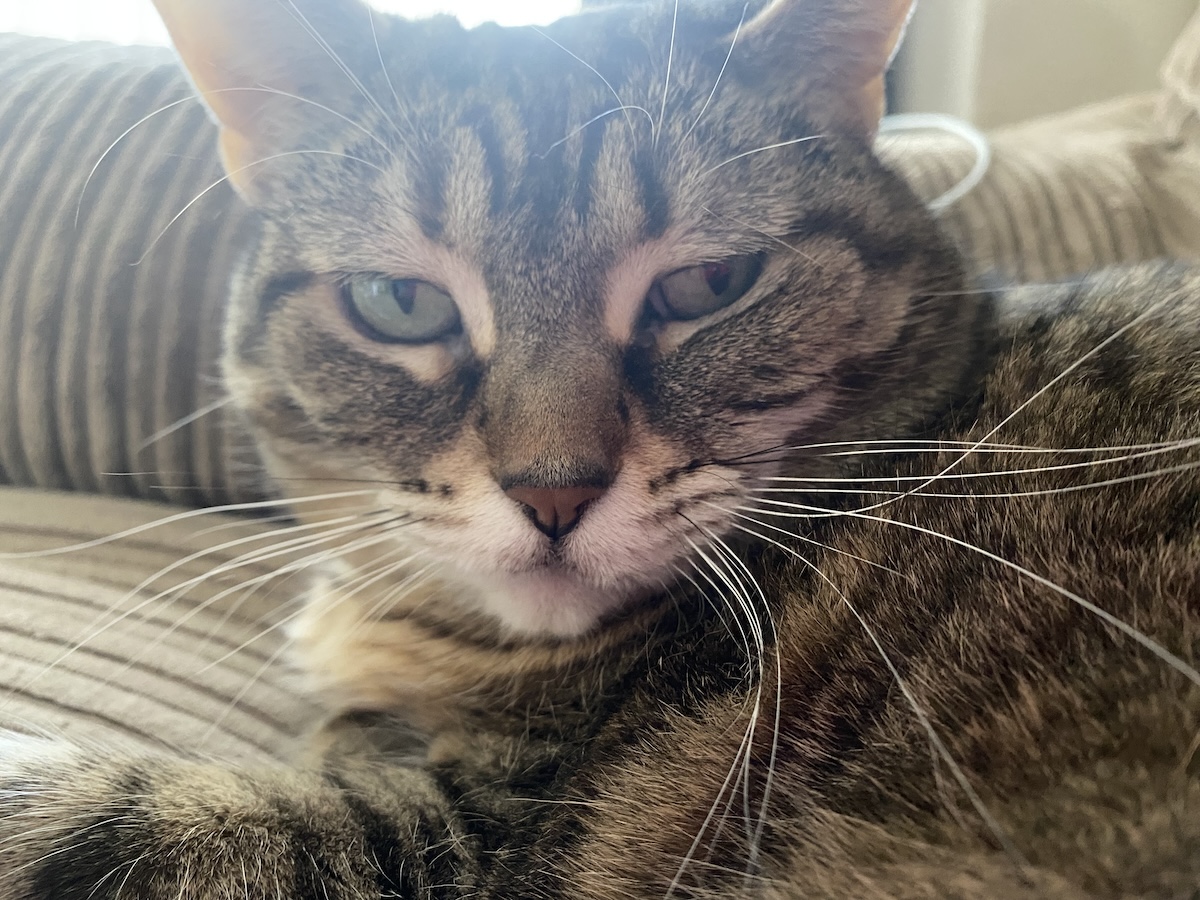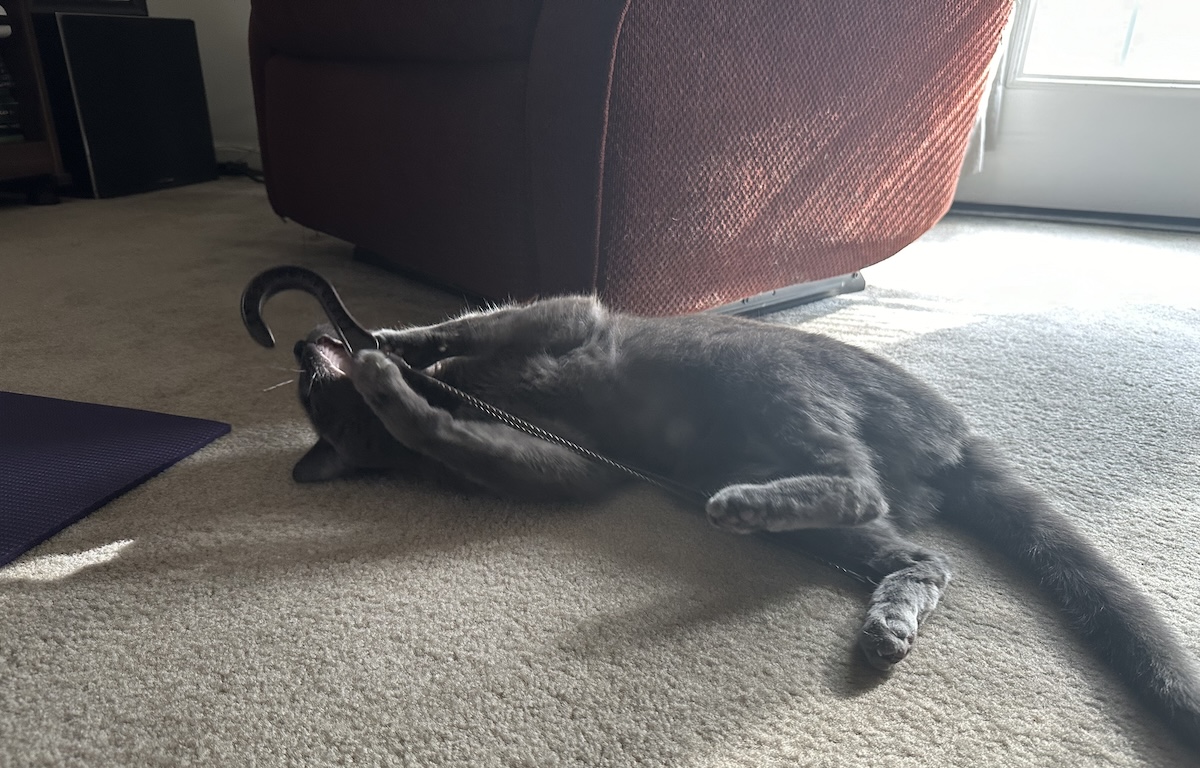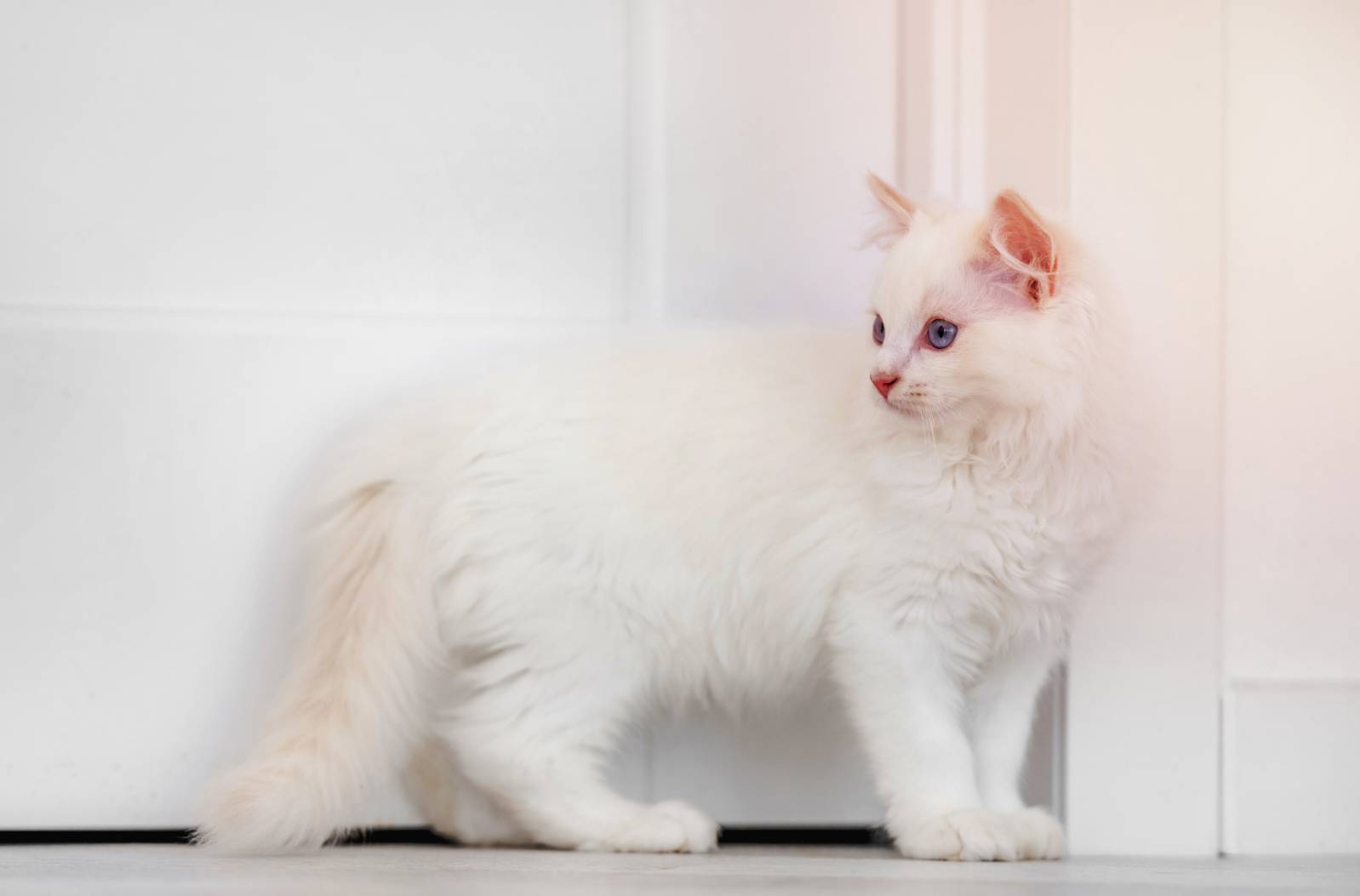Excited Cats advocates for adopting before shopping, though we fully understand there are many reasons for seeking a breeder. So, we encourage it to be done the right way. We have not personally visited or investigated all of the breeders below. We have put the top-recommended all in one place for you to get in touch and make the best decision for you. Learn more about our stance and how to choose the right breeder here.
If you’re interested in purchasing a Ragdoll kitten in the state of Arkansas, your options are relatively limited. However, even though there are few breeders, the ones the state does have produce high-quality, healthy kittens. If you’re hoping to bring one of these laid-back, interesting cats into your home in Arkansas, here is a list of the registered breeders in the state as of this year.

The 2 Ragdoll Kittens Breeders in Arkansas
1. Diamond Ragdolls of Arkansas

- Greenwood, AR
Diamond Ragdolls of Arkansas is a small cattery that guarantees the health of all kittens for two years. Kittens are spayed or neutered, vaccinated, dewormed, and microchipped before going to their new homes. All cats are TICA registered, and the parents are health tested and negative for HCM, FeLV, FIV, PKD, and MPS. This breeder doesn’t allow declawing in their sales contracts and provides education to new cat parents on how to trim their cat’s claws. They also provide recommendations for vaccinations and feeding per current guidelines to maintain health and longevity. Reviews of this breeder indicate playful, healthy kittens.
2. Garden Treasures

- Little Rock, AR
Garden Treasures is a cattery that breeds cats based on pedigree, physical traits, and personality. They don’t practice any type of inbreeding and all breeding adults are registered with TICA and CFA. Kittens are only sent to their new homes once they are 10 – 12 weeks of age, and the health of these kittens is guaranteed. They are well-socialized before going to homes and the breeder offers additional support to ensure the kitten settles in and adjusts to its new home. They limit their litters per year and don’t overbreed any of their cats. This breeder has been breeding Ragdoll cats since 1994, giving them almost 30 years of breeding experience.
- Related Read: Persian Kittens For Sale in Arkansas: Breeders List
Featured Image Credit: Linn Currie, Shutterstock










